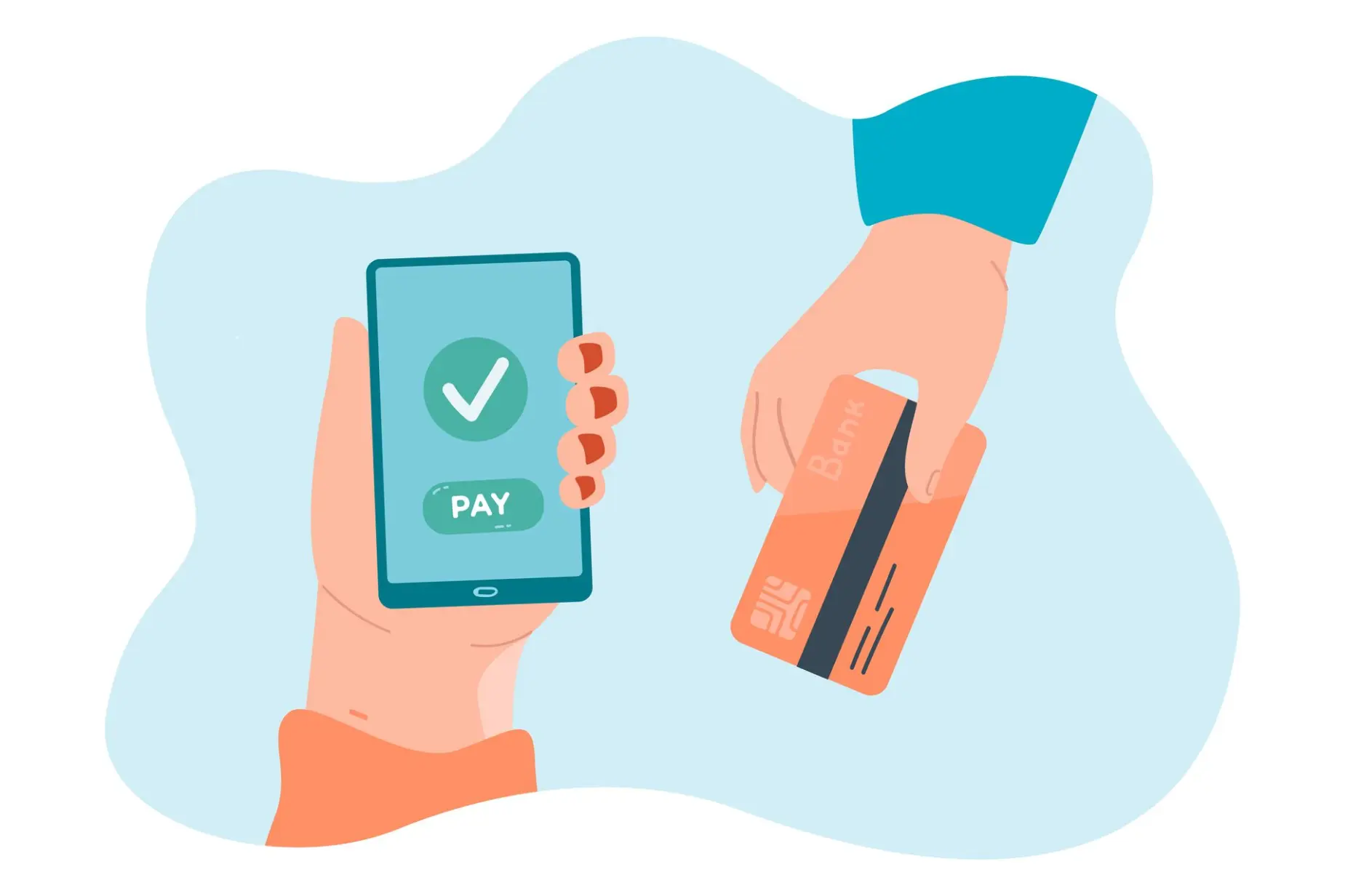The Rise of UPI Payments: Convenience or Chaos?

Before UPI payments became common, spending cash made us more conscious of our purchases. We could physically feel money leaving our wallets, which naturally helped us avoid overspending.
With digital payments, buying groceries, paying for fuel, or even ordering a snack can be done with a few taps. While convenient, this ease often leads to impulse online purchases and untracked spending, making it harder to save money consistently.
The Hidden Dangers of Convenience
Small, unnoticed transactions — like ₹10 here, ₹50 there — add up fast. Without tracking, it’s easy to lose control of your budget. Over time, overspending through UPI payments or quick online orders can derail your savings goals.
A Wake-Up Call: Realizing Unnecessary Expenditures
When I reviewed my transaction history, I discovered an alarming trend: most of my expenses were going toward online deliveries. The “10-minute delivery apps” had become a regular habit, and I was often placing orders for small items like sugar packets, tapes, or other household necessities. While convenient, this habit contributed heavily to overspending.
The delivery charges, though small individually, added up significantly over time. I had never truly stopped to assess how much I was spending, which made it clear I needed to manage unnecessary expenditure more consciously.
If you calculate your own online delivery expenses, you might be shocked by the total amount you’re spending. Learning how to avoid impulse online purchases and tracking these micro-transactions is one of the most effective money-saving habits. By doing this, you can start to save money while still enjoying the convenience of UPI payments and online shopping.
But, how can you stop this habit?
A Simple Habit That Changed My Spending Pattern

To regain control, I introduced one simple habit: every morning, I carry a cloth bag and a shopping list when dropping my daughter off at school. I purchase only essential items, avoiding last-minute app orders.
Simple Tips to Manage Unnecessary Expenditure
Here’s the complete strategy I follow to manage my finances more consciously:
1. Track Your Spending
Keep a small notebook or use a budgeting app to record every transaction — big or small. This is one of the simplest ways to track daily expenses and helps you clearly see where you overspend.
2. Highlight Non-Essential Expenses
Use a marker or app feature to mark unnecessary transactions. Stop overspending by identifying patterns like frequent online deliveries or small impulse purchases.
3. Reflect on Your Spending Habits
At the end of each month, review your transactions. Note where you overspent and plan adjustments for the next month. This increases self-awareness and helps build long-term money-saving habits.
4. Set Clear Financial Goals
Decide your savings targets and align your spending with them. Tracking UPI payments and unnecessary purchases ensures you stick to your plan and avoid impulse online purchases.
The Power of Self-Awareness
When you track your spending and manage unnecessary expenditure, you start seeing trends. Awareness allows for smarter choices and consistent savings. It’s not about depriving yourself — it’s about making conscious decisions with your money
Conclusion: Take Control of Your Finances Today
Managing unnecessary expenditure is about awareness, not restriction. By tracking your daily expenses, avoiding impulsive online purchases, and building money-saving habits, you can truly save money and stay on top of your financial goals.
Start today, and share these tips with friends and family. Have you tried tracking your spending before? Comment below with your strategies! Share this post with friends and family to help them save money too! Have you tried tracking your expenses before? Comment below with your tips.
See more
Frequently asked questions
Here are some common questions about our company.
Start by tracking all UPI transactions weekly. Highlight small, unnecessary payments and set a monthly UPI spending cap.
Use a notebook or budgeting app to log every transaction. This is one of the simplest ways to track daily expenses effectively.
Plan purchases ahead, stick to your shopping list, and reduce impulse online purchases that add extra costs.
Consistently track expenses, reflect monthly, and align spending with your savings goals to form sustainable habits.